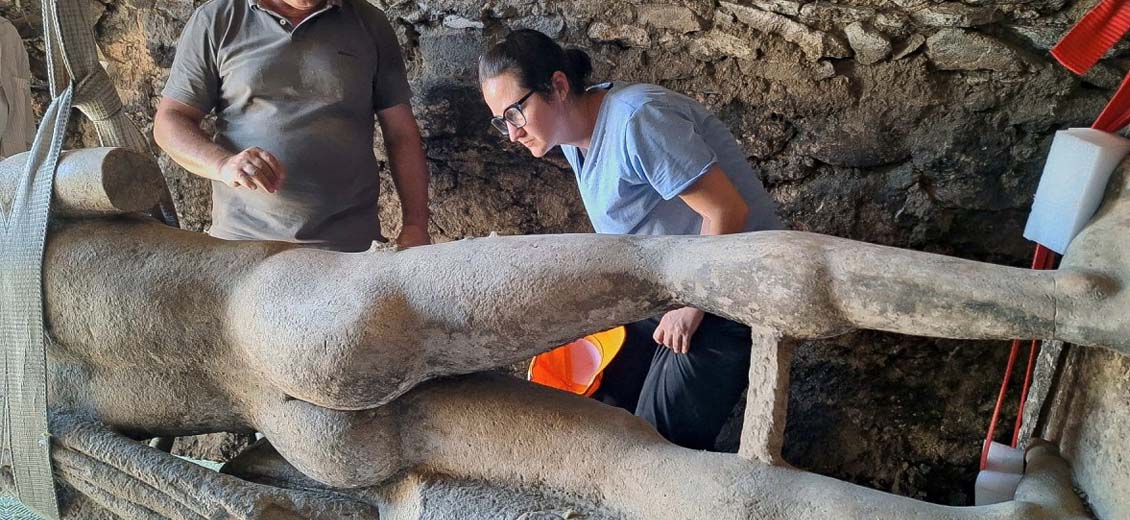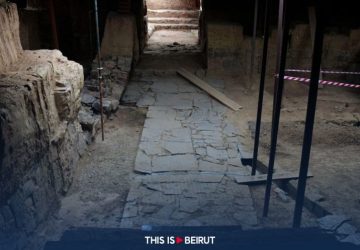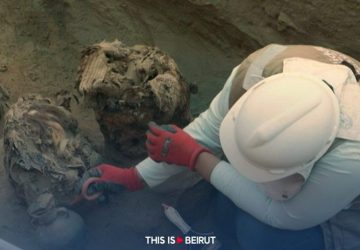Listen to the article
Archaeologists uncovered a well-preserved Roman marble statue from the ruins of an ancient sewer in southwestern Bulgaria, shedding light on the historical significance of the region.
An exceptional white marble statue, likely dating back to the 2nd century AD, was recovered on Friday from the ruins of the ancient Roman city of Heraclea Sintica. Standing at an impressive height of 2.1 meters (6 feet 10 inches), the statue is missing an arm but boasts a perfectly preserved head, a rarity among Roman statues and a unique find for Bulgaria.
Lyudmil Vagalinski, the chief of archaeological excavations, emphasized the statue’s significance, stating, “Such Roman copies of ancient Greek models can be seen in Athens and northern Greece, as well as in the Louvre Museum, but they are rare.” He also noted the sculpture’s “very high quality” as a work of art.
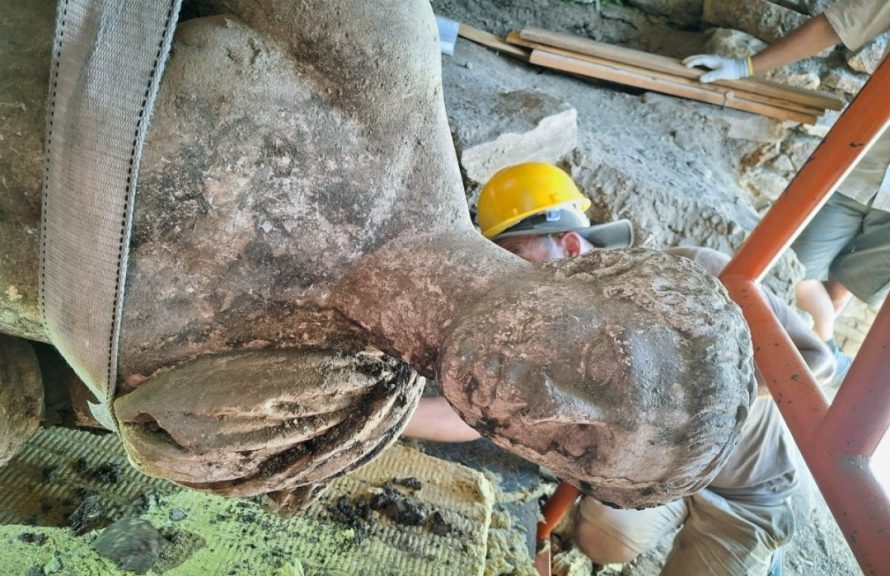
Archaeologists stumbled upon the remarkable find while digging in the ancient city’s tunnel-shaped urban sewage canal, known as the Cloaca Maxima. As they continued their excavation, they first encountered a foot before the entire statue gradually emerged, lying on its left side facing the wall.
The sculpture, which archaeologists believe depicts a king with a slender profile and divine traits, was spared from the devastating earthquakes of the 4th century AD and subsequent floods thanks to a protective covering of earth. Vagalinski explained, “This was the period when Christianity was forcing its way into the Roman Empire. The statue, a symbol of pagan times, was therefore carefully hidden.”
A week after the surprising discovery, archaeologists proceeded with the statue’s meticulous excavation. To prevent the most fragile parts—the neck and ankles—from breaking during the lifting process, they were covered in protective foam. The one-tonne figure was then carefully raised upright from the ground and placed in a wooden box for transportation to the museum in the nearby town of Petrich. There, experts will study and restore the statue before putting it on display for the public to admire.
The discovery of this exceptional statue highlights the splendors of the ancient Roman city of Heraclea Sintica, mentioned in the writings of Homer and Herodotus. The city’s ruins were first discovered in the late 1950s at the foot of the volcanic mountain Kozhuh near Bulgaria’s southwestern borders with Greece and North Macedonia.
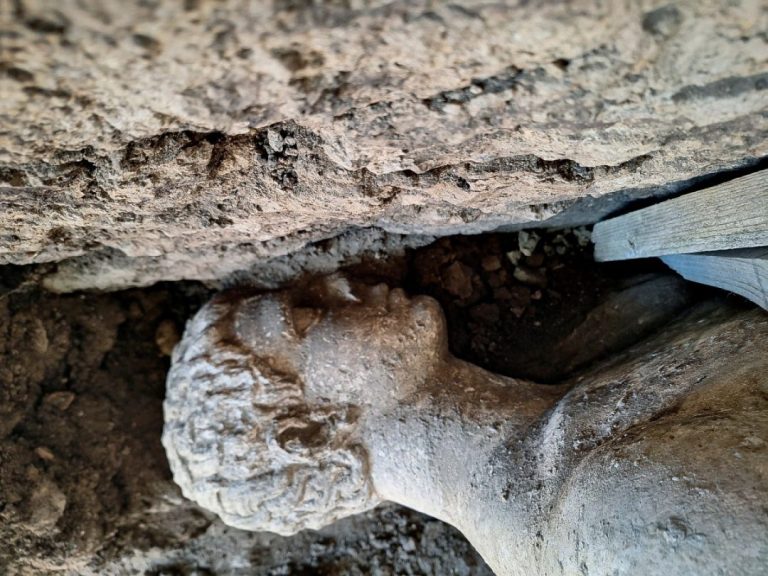
However, due to a lack of funds for excavations in a country plagued by corruption, the true value of the site remained largely unknown to authorities for many years. Tragically, the city’s mosaics and works of art were looted, and its marble streets and pillars were even destroyed to make way for the construction of a railroad in the 1970s.
It wasn’t until 2002, when police seized a plaque with a Latin inscription identifying the town as Heraclea Sintica, that people realized the historical importance of the site. Archaeological excavations finally began in 2007, but to date, only 10% of the ancient city, which covered an area of around 10 square kilometers and had an estimated population of 50,000 inhabitants, has been explored.
Heraclea Sintica was founded in the fourth century BC and flourished under Roman rule, thanks to its thriving trade in wood and painted ceramic masks for the theater. However, a series of natural disasters forced its inhabitants to seek refuge on Mount Kozhuh, around the acropolis, while the city itself was ultimately abandoned.
With AFP

